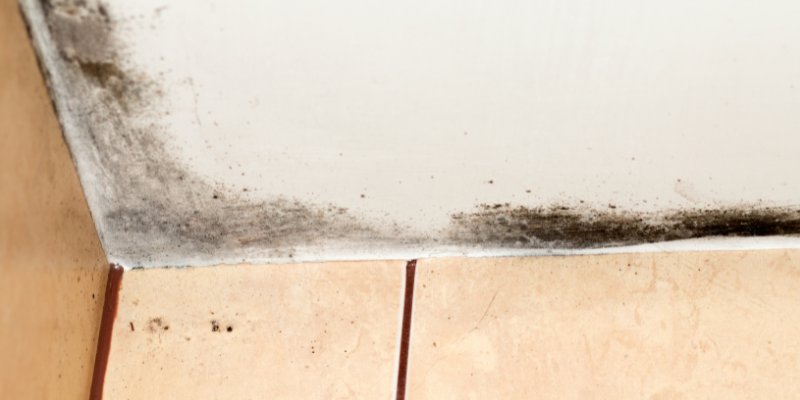
Ceiling mold removal can be a challenging task, but with the right techniques and products, you can effectively get rid of mold in your home’s ceilings. Learn how to properly address this issue and prevent it from coming back in our latest Mold Solutions Guide article.
How to Safely and Effectively Remove Ceiling Mold
How to Safely and Effectively Remove Ceiling Mold:
If you discover mold on your ceiling, it’s crucial to address the issue promptly to prevent further spread and potential health risks. Start by identifying the source of moisture that is causing the mold growth.
Before attempting to remove the mold, make sure to wear appropriate protective gear such as gloves, goggles, and a mask to avoid inhaling mold spores. Ventilate the area well by opening windows and using fans.
Mix a solution of water and detergent or a commercial mold cleaner in a spray bottle. Spray the affected area and let it sit for a few minutes to loosen the mold.
Using a scrub brush or sponge, gently scrub the mold off the ceiling. Be cautious not to spread the mold spores further.
After removing the mold, thoroughly dry the area to prevent future mold growth. Consider using a dehumidifier in the room to control humidity levels.
Remember to dispose of any materials used during the cleaning process, such as rags or brushes, in a sealed bag to prevent the spread of mold spores. Clean the affected area regularly to prevent mold from returning.
Frequently Asked Questions
What are the main steps involved in ceiling mold removal?
The main steps involved in ceiling mold removal include identifying the source of moisture, containing the affected area, removing the mold-infested materials, cleaning and disinfecting the area, and preventing future mold growth.
Is it safe to remove mold from the ceiling on my own?
It is not recommended to remove mold from the ceiling on your own due to potential health risks and the possibility of spreading spores. It’s best to consult a professional mold remediation service for safe and effective removal.
How can I prevent mold from coming back after removal?
To prevent mold from coming back after removal, fix any moisture issues in your home, ensure proper ventilation, use a dehumidifier, clean and dry affected areas promptly, and apply mold-resistant products as needed.
Are there any specific tools or products recommended for ceiling mold removal?
Yes, there are specific tools and products recommended for ceiling mold removal, such as scrub brushes, mold remover solutions, protective gear like gloves and masks, and dehumidifiers.
What are the potential health risks associated with ceiling mold exposure?
The potential health risks associated with ceiling mold exposure include respiratory issues, allergic reactions, headaches, and skin irritation. Prolonged exposure may lead to more severe symptoms such as asthma and lung infections.
In conclusion, properly addressing ceiling mold is crucial to maintain a healthy indoor environment. By following the steps outlined in this guide, you can effectively remove and prevent mold growth in your home. Remember, timely action and consistent maintenance are key in combating mold issues. Don’t let ceiling mold linger – take control of the situation and enjoy a mold-free living space!
![]()